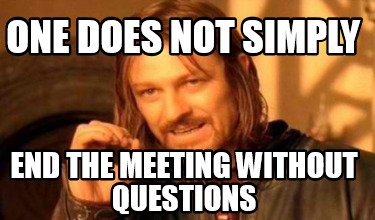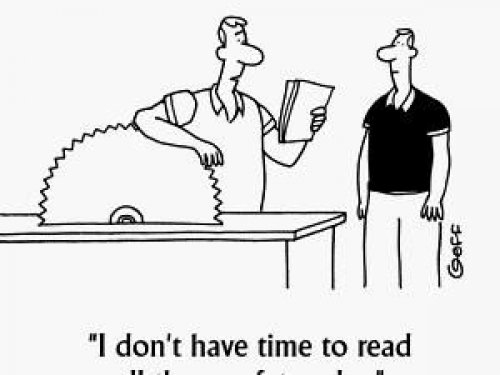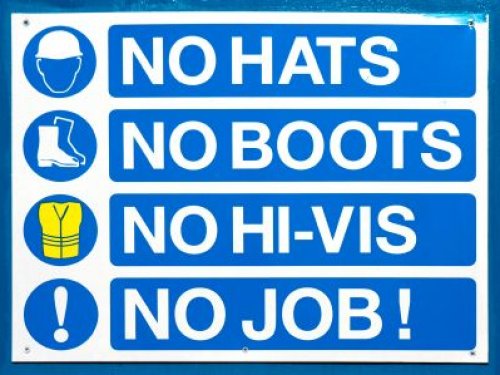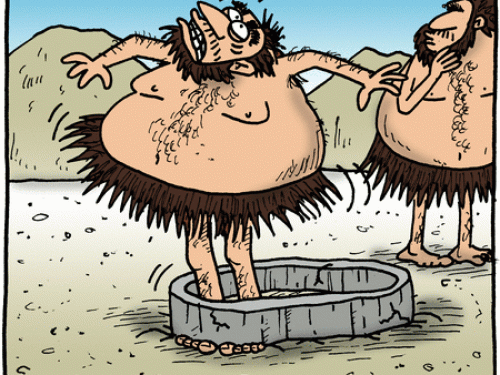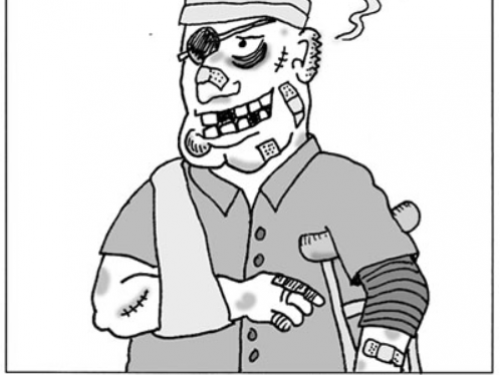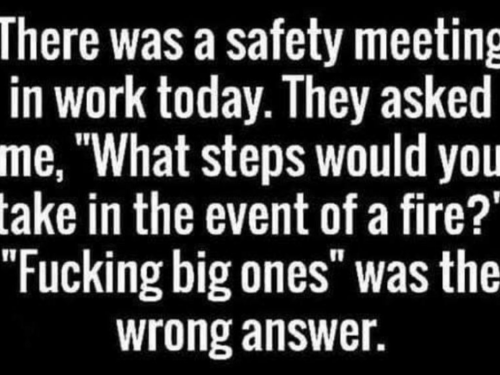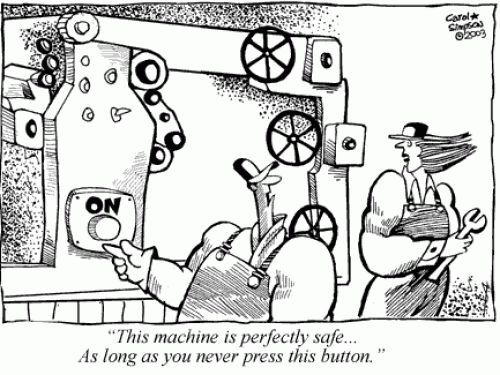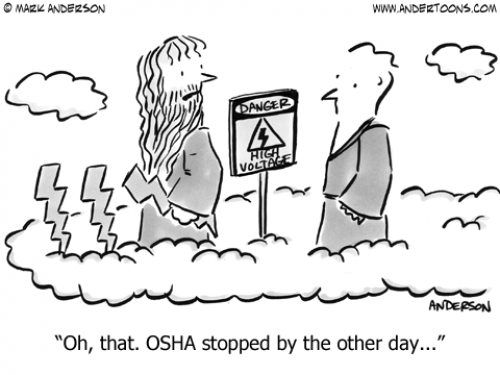Laughing is permitted
The principle of a toolbox talk is that you initiate a discussion through a short presentation which will make people perform their daily tasks more safely.
Do not underestimate the power of humour even in serious topics. You don't have to perform stand-up comedy to attract attention, but even for comedians preparation is everything. Therefore, make sure you know what you want to bring up and how your presentation is structured. Then you have the freedom to catch a reaction with a witticism. And then come back to it at a more appropriate time. Every remark or question is important and humour lowers the threshold to make it known. You reinforce the involvement of your audience and can address the topics you have foreseen.
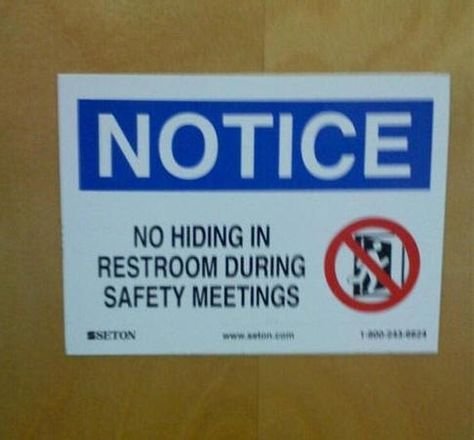
Your secret preparations
For a successful approach, choose this 5 step method: prepare, simplify, personalise, show and prescribe.
Your audience does not have to recognise these steps. They need to take away what is directly applicable to them in practice in order to do their job safely.
Step 1 = Prepare
- plan the necessary time and stick to it
A regular toolbox takes between 5 and 20 minutes, depending on the goal and once or several times a week. Kick-off toolboxes at the start of a new project are more extensive because more topics are covered, such as: location, new machine safety guidelines, choice, new PPE, responsible persons to be addressed, etc. It is better to plan this as a whole in a separate safety meeting.
- Know who your audience is
The work culture, educational level and work experience of the participants play a role. Not only their level, but also their technical knowledge. You are the specialist for specific safety and risk aspects. However, keep in mind that you may know a lot about safety and working safely, but your audience may know as much or even more about how to do their jobs safely. Don't speak over the heads. Touch on what everyone already knows as a reminder or refresher.
By the way, have you ever organised a toolbox for managers?
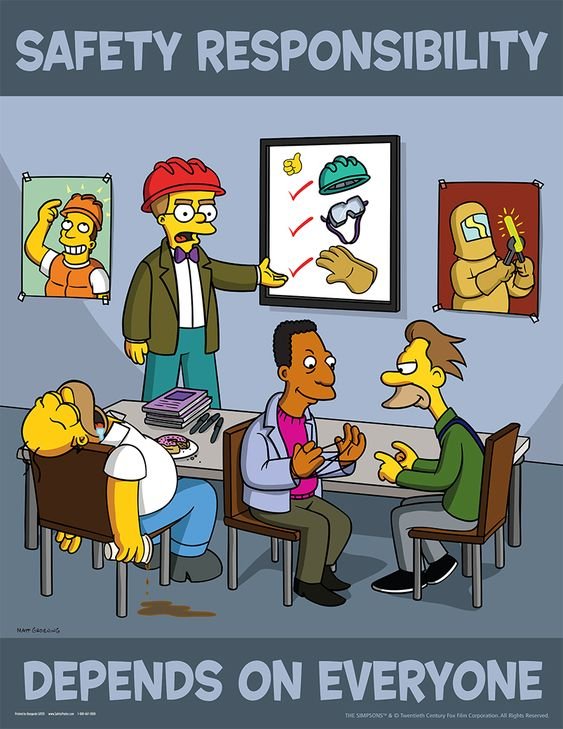
Step 2 = Simplify
A major pitfall is trying to deal with too much at once. Simplify therefore does not mean "toddler level" but choose. Limit the number of topics per meeting. One is enough.
For example, you can mention one safety aspect or a situation with a near-accident and discuss the causes and (possible) consequences. Or quote a safety rule or guide the commissioning of a new machine.
Step 3 = Personalisation
By taking into account what is interesting for a group of employees, the whole meeting becomes more interesting and more of it will stick.
Focus on recognisable working conditions, own machines, materials and situations. Go into what you observed during your tour or what someone marked as risky. If you see employees walking around without their safety helmets, your next conversation will be about personal protective equipment and its use.
Don't quote statistics, tell a story. This appeals to people on an emotional level and makes your message much more memorable.
A toolbox meeting should increase everyone's safety. This is in the interest of both managers and operational staff. So this common interest is also a recurring emphasis.
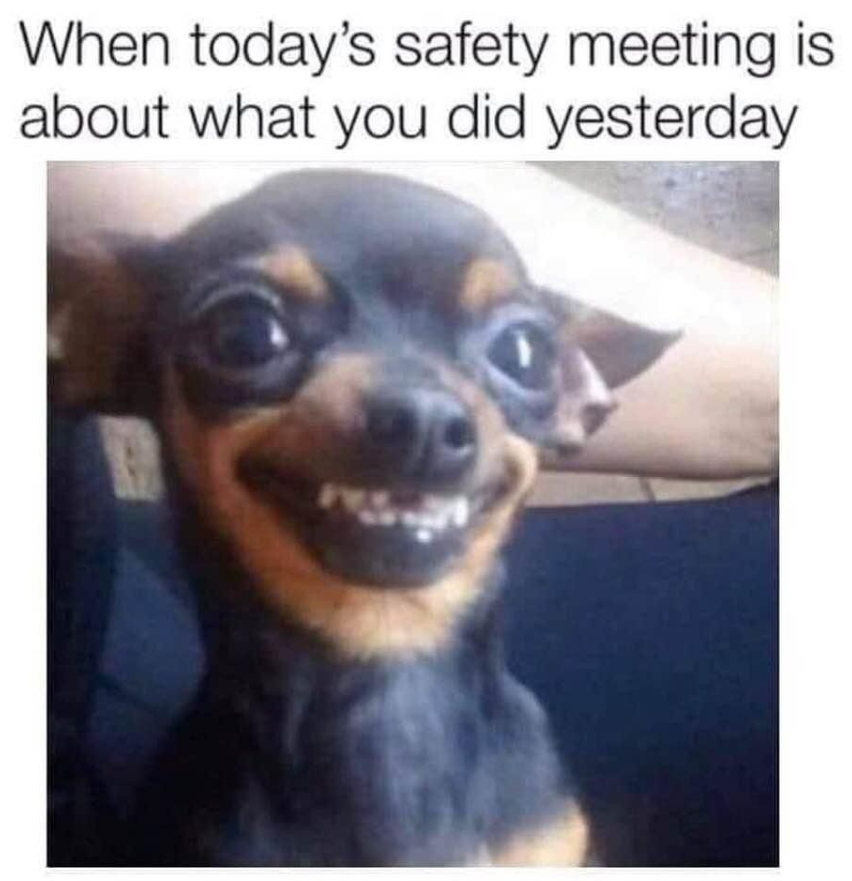
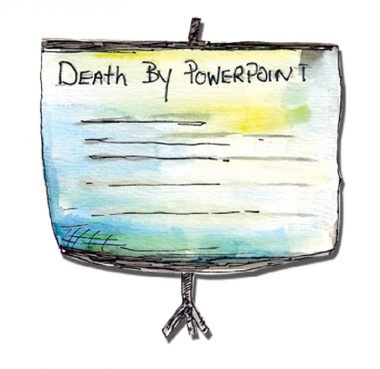
Step 4 = Display
Visualisation is extremely important. Whether you do this with a good PowerPoint presentation or an instruction video or by physically showing a safety instruction card, for example, is less important. As long as it catches and holds the attention of your audience. But that is not enough!
In general, people remember about 10% of what they just hear. If you only show visuals, this doubles to 20%. If you combine a good verbal explanation with visual material, the return is already 65%. The best results are obtained in this way: first show spoken information + examples, then apply what has been heard and shown, and finally test it.
Step 5 = Prescribe
How you conclude the toolbox meeting is very important. You have transferred knowledge, demonstrated it, discussed it and maybe even tested it.
Don't get caught out by the classic "Are there any more questions?" as a kind of tacit variant of "everyone knows how to do it now". Rather, check whether you can count on the fact that the information was so clear to everyone that in the future they will approach something in that particular way. Ask if employees want to support each other in this by reminding someone else to do something this way or that if necessary. Use this moment to make clear agreements, to mention deadlines to complete certain actions, etc.
If someone takes minutes of the toolbox, these can also be distributed internally digitally later on.
